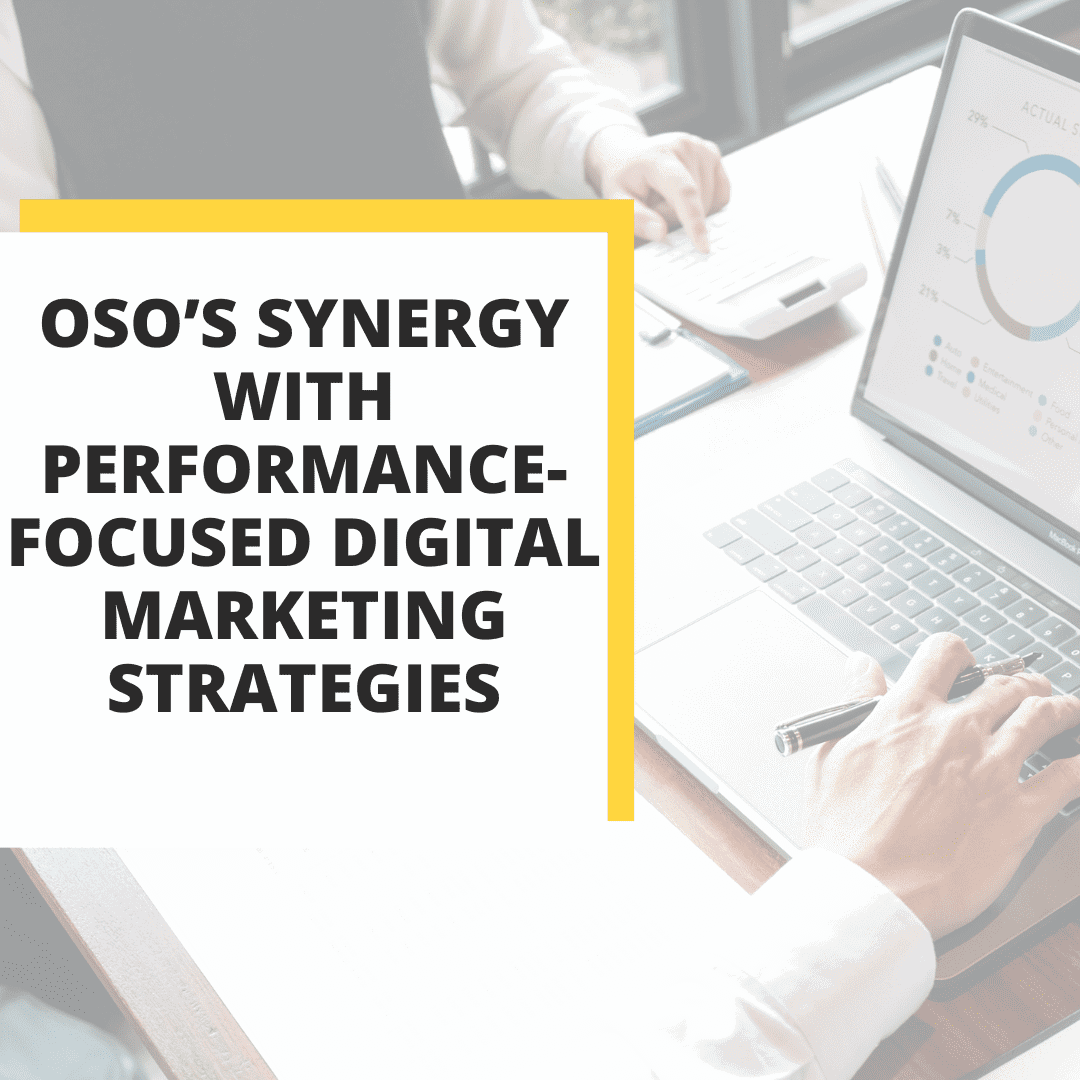Looking Past The Click – Non-Unique Conversions – Know Your Data

Everyone’s after that unique click. It’s a simple, clear and easily trackable KPI for business owners and advertising firms that really makes it feel like digital advertising is moving the needle.
The Importance of Non-Unique Conversions
Everyone’s after that unique click. It’s a simple, clear and easily trackable KPI for business owners and advertising firms that really makes it feel like digital advertising is moving the needle.
But, advertising isn’t that simple. Though it may feel good to look at all those brand new customers rolling in, a good advertising firm will help you drill down further to get the most out of every campaign.
Without digging deeper into your analytics, you’re only looking at the tip of the iceberg.
And we all know how that worked out for the Titanic.
Poor Leo…
If you look beyond the ‘click’, you’ll discover reams of data that will help you hone your online presence.
Understanding non-unique conversions is the first step to drilling down into your data to create the better web presence.
Before we delve any further into non-unique conversions, let’s take a quick step back to see how digital advertising interactions are typically tracked.
The different types of ad interactions – drilling into your data
Users can interact with your ad in a variety of ways. Sometimes, that means they see your ad, click and make a purchase. That’s the simplest road to conversion from an ad but it’s hardly the only one.
Everyone tracks the see, click, buy crowd. But, a good advertising firm goes beyond that, breaking down ad interactions into two, broad categories:
- Post click or click through is when someone sees your ad, comes to your site, but leaves and then comes back later.
- Post view or view through is when someone sees your ad, but doesn’t click. Instead, they find their way to your site at a later time through other means, such as a web search or coming directly to your site.
Each of these categories of ad interaction then lead to two, broad categories of conversions (whether that means purchases or calls).
- Unique conversions: which are actions taken by first-time visitors to your site.
- Non-unique conversions: which represent return business, or visitors who’ve been to your site multiple times before taking an action.
Whether post click or post view, unique conversions are often the most coveted, as they represent new customers. However, tracking only unique visitors creates a very shallow perspective on how your advertising is actually performing.
The importance of non-unique conversions
By tracking how non-unique visitors are interacting with your site and what actions they are taking, you can get a deeper, more holistic view of your web presence.
Wading through all that data can reveal:
- How often buyers come back to interact with your site
- Points of friction on your website that are causing you to lose sales
- The impact of your full campaign, including retargeting ads
- How strong your relationships are with your customers
This understanding gives you the ability to refine your whole online presence, from advertising to specific web pages.
The key to understanding an abandoned cart – an example
Perhaps the easiest way to show the importance of non-unique conversions is the very common abandoned cart scenario.
Let’s say you run an ad campaign for an e-commerce website. Someone sees the ad, fills their cart up with goods, then at that crucial moment of click to purchase – they get cold feet and nuke the tab. Perhaps they want more information on the products they purchased, or maybe they want to shop around to see if they can get a better price – either way, they’ve left a cart full of goodies just waiting for that final click to make the purchase.
If they come back to hit that button, that’s a non-unique conversion and if you’re not collecting that data, you’ll never know why they came back.
- Did they see your retargeting campaign?
- Did they shop around only to discover that you have the best price?
- Did they just need some time to think it over before making a big purchase?
All of this information is invaluable because it can help you hone your retargeting campaigns, abandoned cart emails and more. It also allows you a backstage view to see if this scenario is playing itself out over and over again.
From website tweaks to new ad campaigns, all this extra data gives you the ability to pivot your digital presence to create more conversions.
After all, that’s why you started advertising in the first place.
More data = smarter advertising
At In Front Marketing, we’re big fans of data.
We track every action on our client’s websites so they can understand how prospective customers are interacting.
But more than that, we comb through that data to make sense of everything that’s going on, then give you feedback not only on your advertising, but your digital presence as a whole.
For us, that means a lot of back end work for us so we can create a clearer view of how your advertising is performing.
For you, that means a better understanding of your advertising ROI and a clearer return on advertising spend.
Take a deeper look at your web presence with In Front Marketing.
Let’s Talk.
Dave Taylor / John McColman
(403) 891-9295 / (403) 861-9727
Suite 401 – 255 17 Ave SW
Calgary, AB, T2S 2T8



